Remark on the subject
With all due respect to the subject ( published in 2008 ) the term robustness has its own meaning if-and-only-if the statement also clarifies in which particular respect is the robustness measured and against what phenomena is it to be exposed & tested the Model-under-review's response ( against what perturbances -- type and scale -- shall the Model-under-test hold its robust behaviour, measures of which were both defined and quantified a-priori the test ).
In any case, where such context of the robustness is not defined, the material, be it printed by any bold name, sounds -- and forgive me to speak in plain English -- just like a PR-story, an over-hyped e-zine headline or like a paid advertorial.
Serious quantitative model evaluations, the more if one strives to perform an optimisation ( with respect to some defined quantitative goal ), requires a more thorough insight into the subject than to axiomatically post a trivial "must-have" imperative of
large-average && small-HiLo-range && small StDev.
Any serious Quant-Modelling effort, if it were not to just spoil the consumed hundreds-of-thousands CPU core hours of deep parametric-spaces' scans, shall incorporate a serious parametrisation decision in either dimension of the main TruTrading Strategy sub-spaces --
{ aSelectPOLICY, aDetectPOLICY, anActPOLICY, anAllocatePOLICY, aTerminatePOLICY }
A failure to do so, either cripples the model or leads to a blind-belief, where it is hard to guess, whether the former or the latter is a greater of the both Quant-sins.
Remark on the cited hypothesis
The book states, without any effort to proof the construction, that:
The more robust trading strategywill have an optimization profile with a: 1. Largeaverageprofit 2. Small maximum-minimumrange3. Small standarddeviation
Is it correct?
Now kindly spend a few moments and review this 4D-animated view of a Model-under-test ( visualisation of which is reduced into just four dimensions for easier visual perception ), where none of the above stands true.
<aMouseRightCLICK>.openPictureOnAnotherTab to see full HiRes picture details

Based on contemporary state-of-art adaptive money-management practice, that fails to be correct, be it due to a poor parametrisation ( thus artificially leading the model into a rather "flat-profits" sub-space of aParamSetVectorSPACE )
or due to a principal mis-concept or a poor practice ( including the lack thereof ) of the implementation of the most powerful profit-booster ever -- the very money-management model sub-space.
Item 1 becomes insignificant at all.
Item 2 works right on the contrary to the stated postulate.
Item 3 cannot yield anything but the opposite due to 1 & 2 above.
